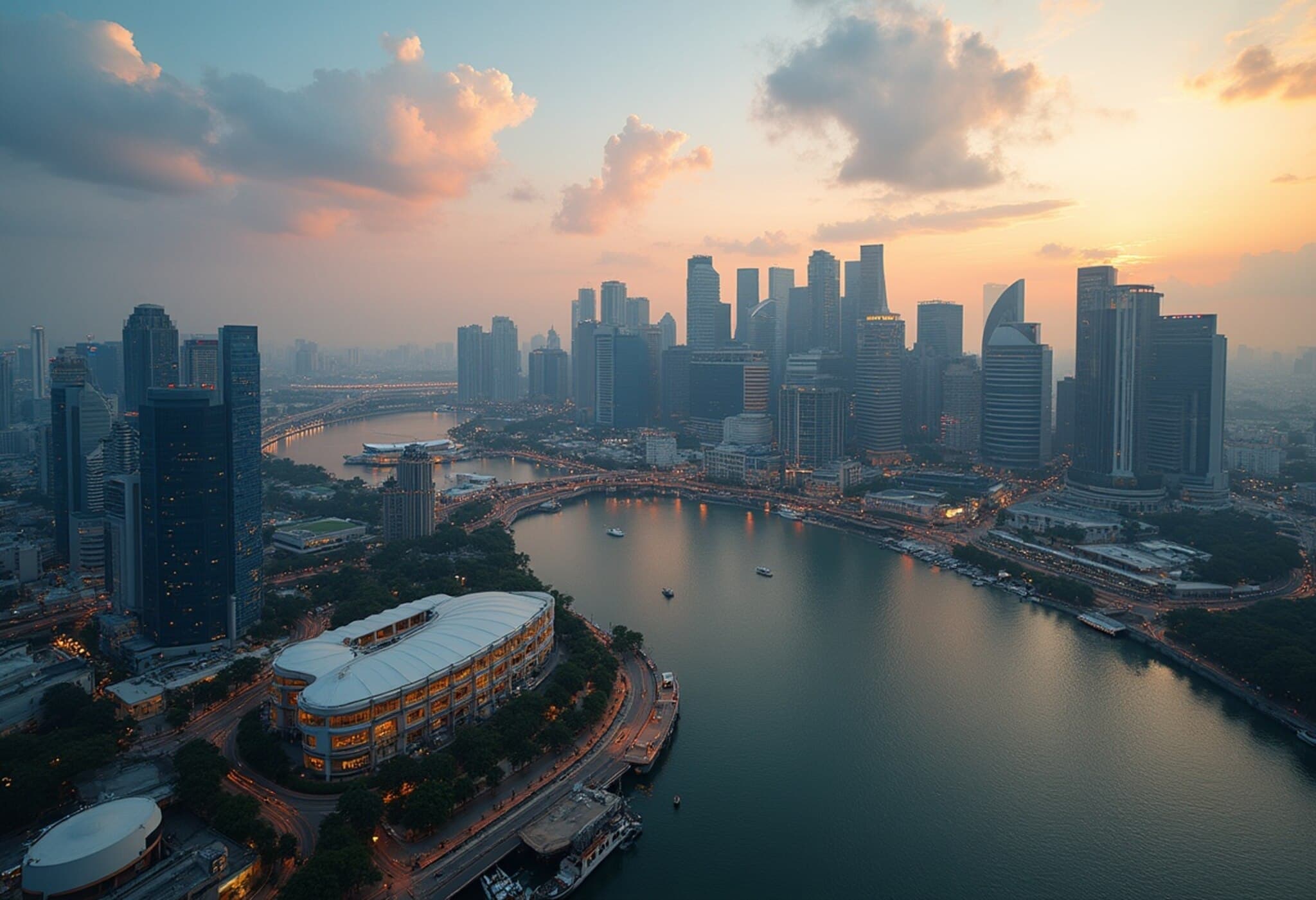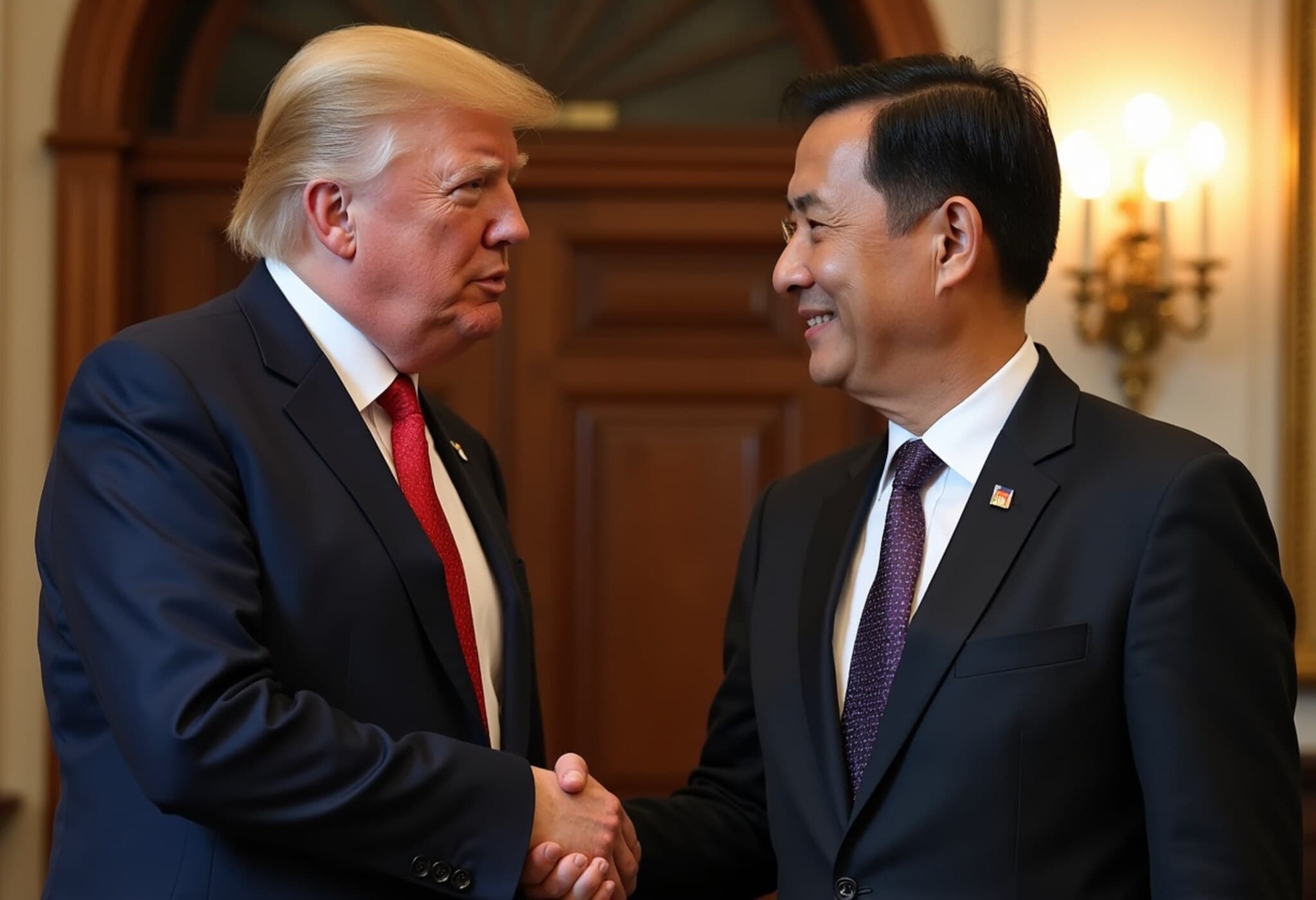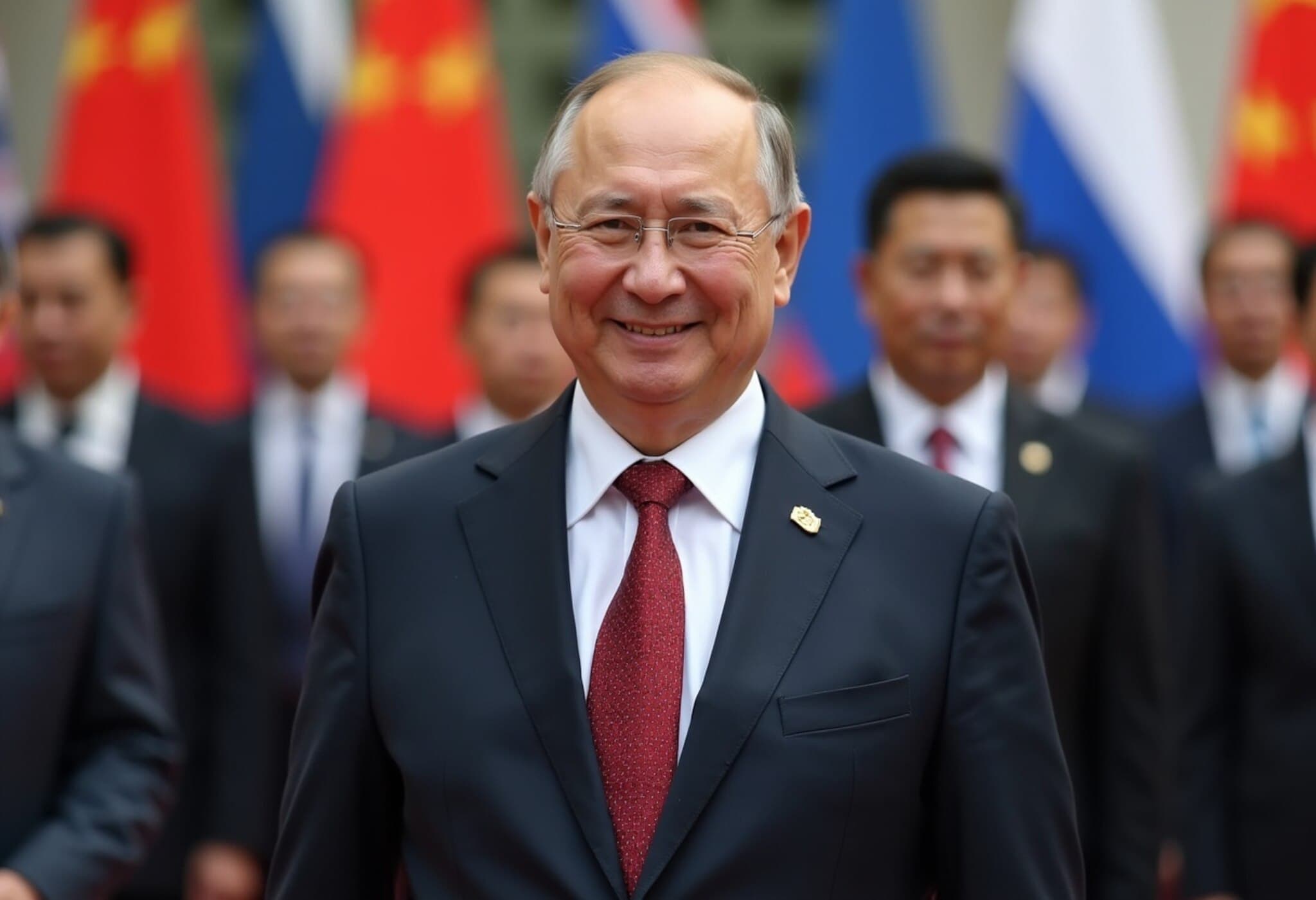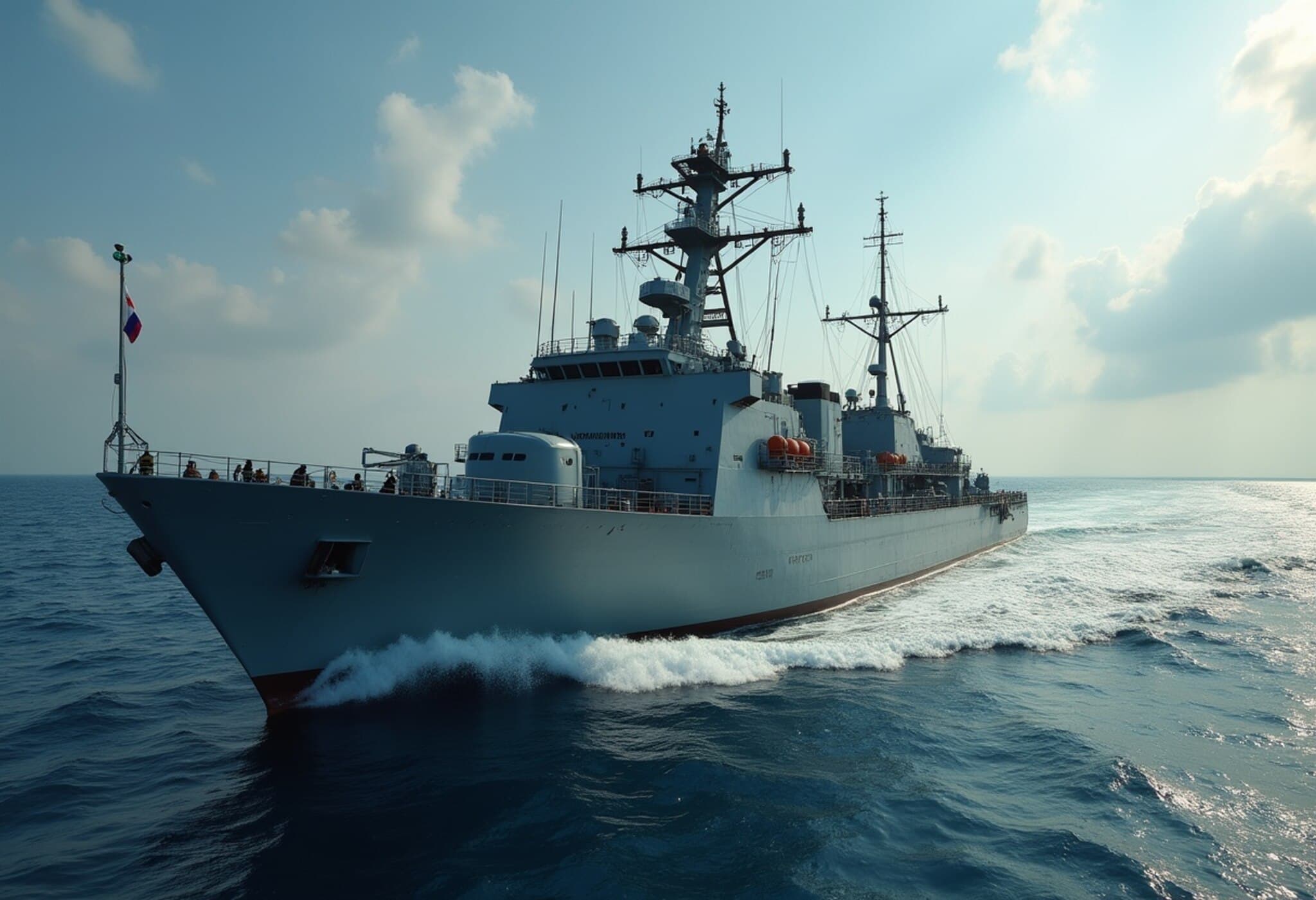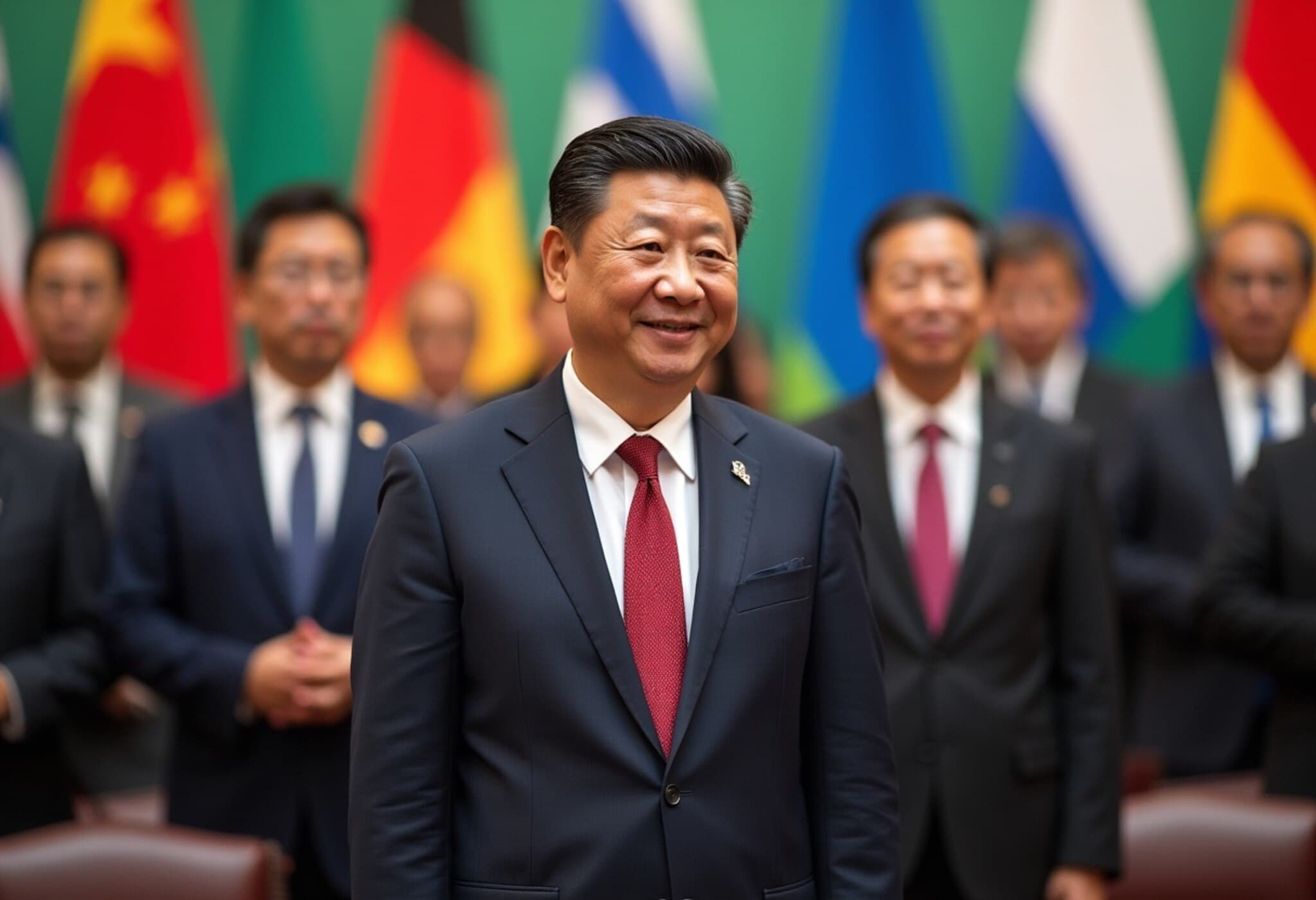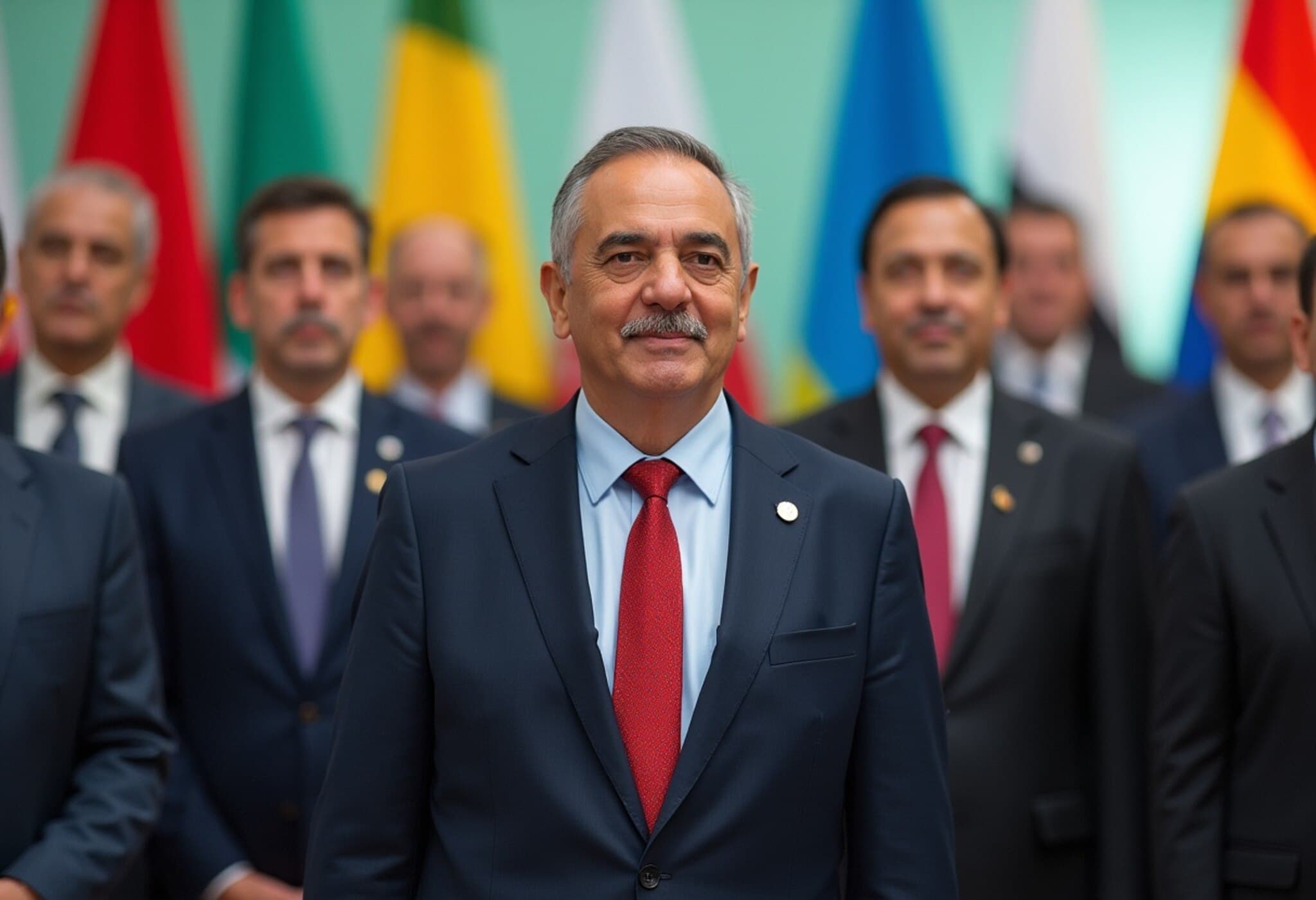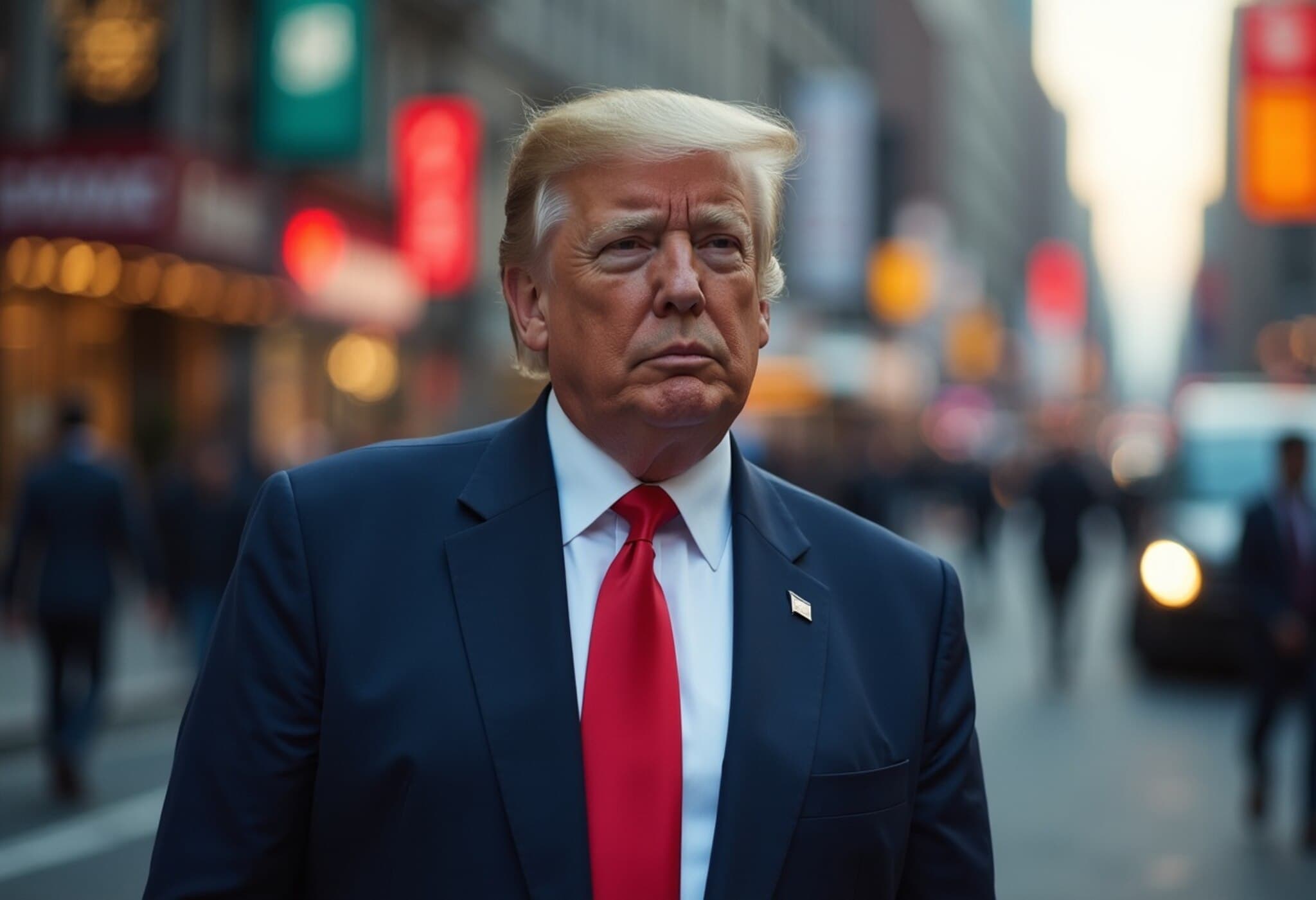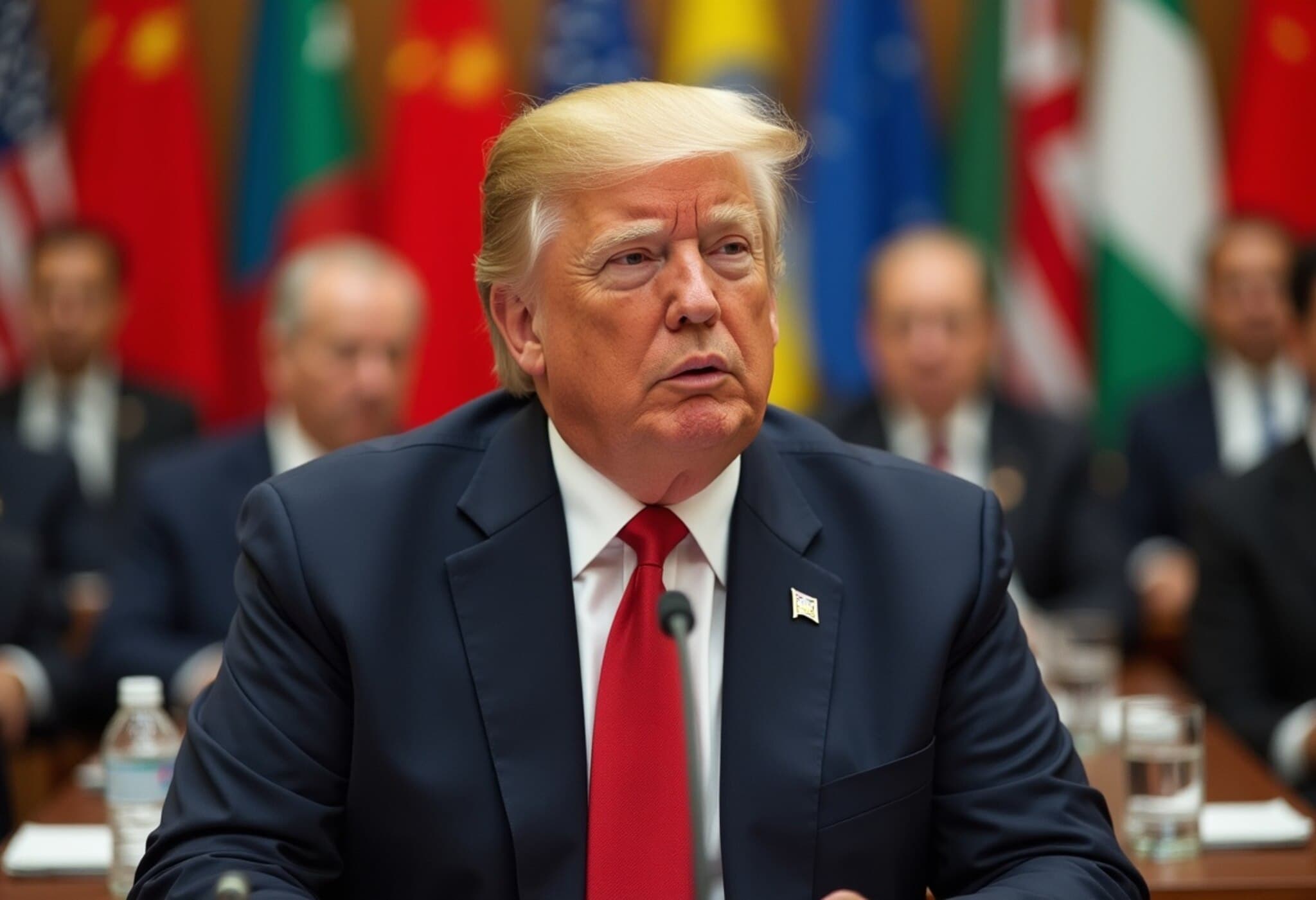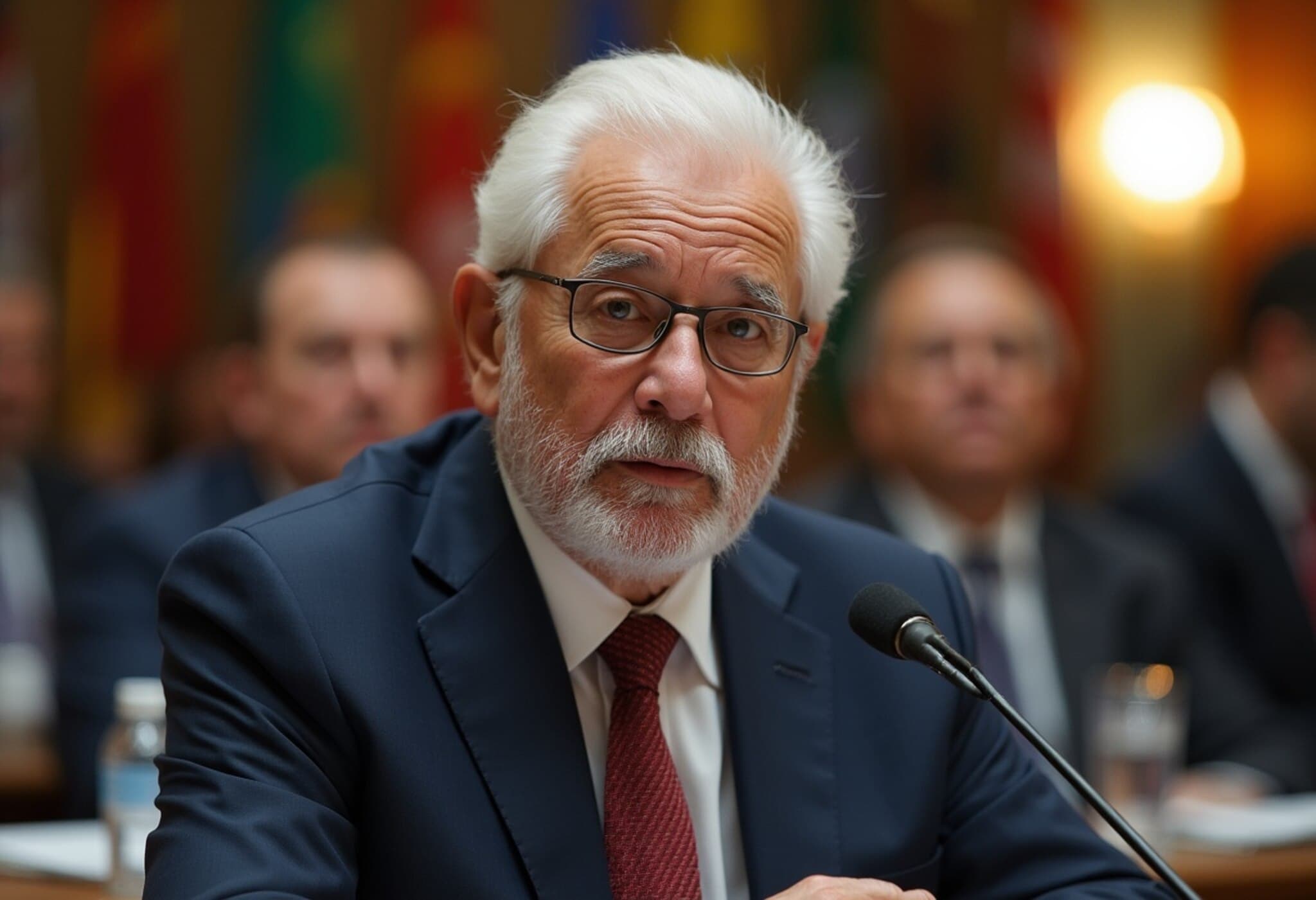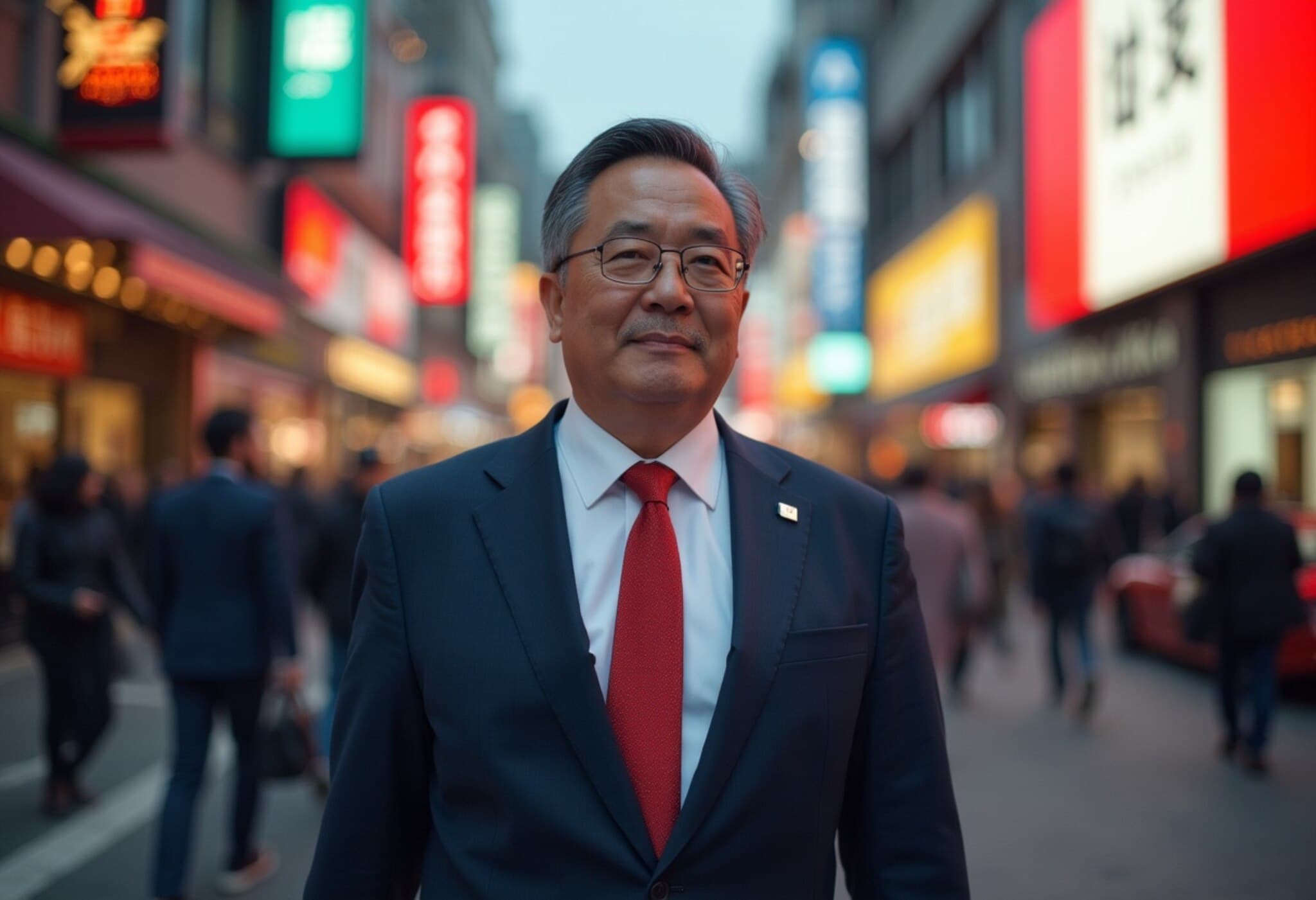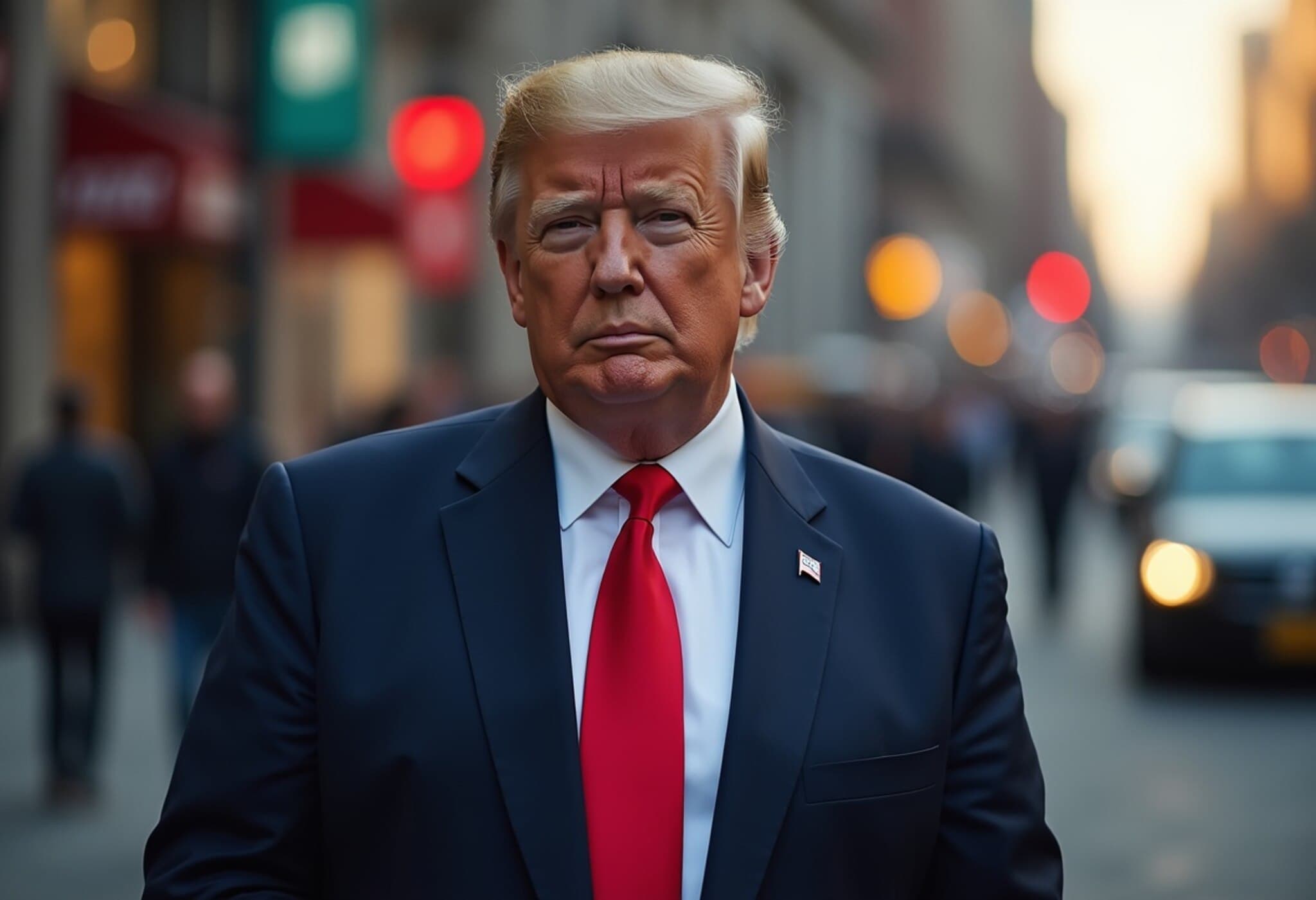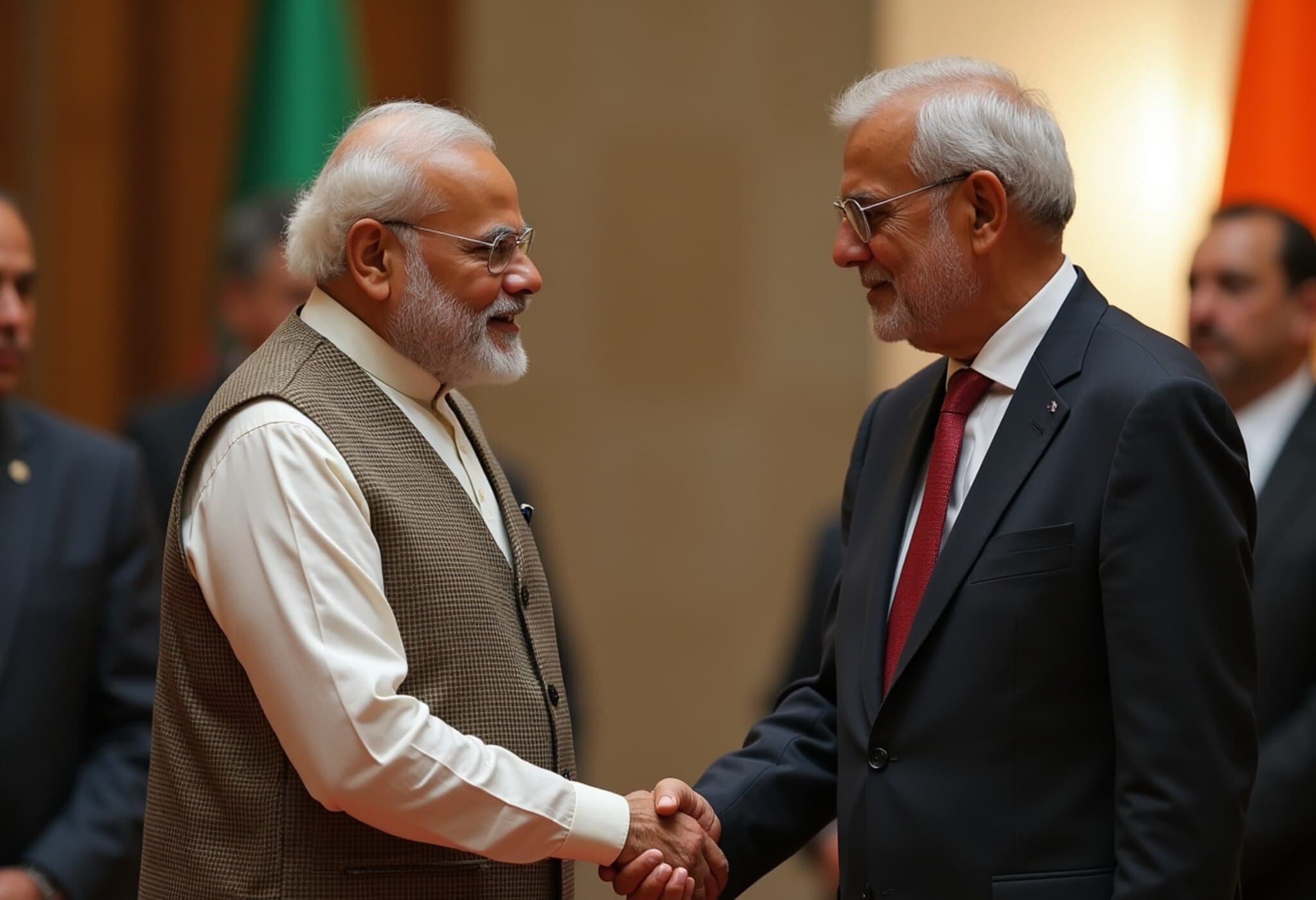Singapore at 60: A Remarkable Journey of Transformation
As Singapore marks six decades of independence this August, its story stands out as a beacon of resilience and visionary governance. Few would have predicted that this tiny city-state, measuring just 735 square kilometers—smaller than New York City—would evolve from a precarious newly independent nation in 1965 into a global economic powerhouse renowned for education excellence, robust economic growth, and a secure living environment.
Half a century ago, Singapore faced daunting challenges: widespread unemployment, inadequate infrastructure, and an uncertain geopolitical horizon. Fast-forward to today, the World Bank hails Singapore as a high-income economy with unparalleled human capital development. This achievement is a testament to its strategic investments in people and infrastructure, coupled with a relentless commitment to open trade.
The Global Trade Uncertainty and Its Implications
Yet, Singapore’s continued success is not guaranteed. Experts caution that the shifting global trade landscape and intensifying U.S.-China rivalry pose significant risks. Ng Xin-Yao, Investment Director at Aberdeen Investments, remarks on the fragmentation of the global trade system, warning that the deterioration of multilateralism and rise of bilateral ties deepen the geopolitical influence of superpowers, sidelining smaller nations like Singapore.
Adding to the complexity, Singapore has found itself caught in the crossfire of trade tensions. In April 2025, Prime Minister Lawrence Wong publicly expressed disappointment over the U.S. decision to impose a 10% tariff on Singaporean goods, despite the longstanding Free Trade Agreement and a bilateral trade deficit favoring the U.S. These developments reverberate through Singapore’s trade-dependent economy, with exports constituting an astounding 178.8% of its GDP in 2024.
Singapore's Two-Track Trade Strategy
Given these pressures, economists like Song Seng Wun of CGS International envision that Singapore must maintain a dual approach: one trade framework engaging with the U.S., and another navigating relations with the broader global community. This pragmatic strategy respects geopolitical realities while safeguarding Singapore’s core economic lifeline—its open and robust trade networks.
Addressing Domestic Challenges: Aging Population and Cost of Living
Beyond external risks, Singapore contends with domestic headwinds. An aging population, soaring living costs, and social concerns emerged prominently during the 2025 general elections, reflecting growing unease over economic equity and sustainability. The government’s establishment of the Singapore Economic Resilience Taskforce, led by Deputy Prime Minister Gan Kim Yong, underscores its proactive stance in cushioning businesses and workers against global uncertainties and steering the economy toward future growth.
A Playbook Rooted in Stability and Innovation
Despite these dynamics, Singapore’s approach remains grounded in core principles: clean governance, unwavering support for free trade, and a reputation as a geopolitical safe haven. Song Seng Wun emphasizes that the city-state’s strength lies in consistent, predictable policymaking—qualities that have lured global investors and multinational corporations over decades.
Singapore’s status as a top-tier business hub is bolstered by political stability, transparent legal frameworks, and a determined focus on technological advancement. Tan Su Shan, DBS Bank CEO, highlights Singapore’s resilient and open financial markets—attributes critical for attracting and maintaining global capital.
Looking Forward: Wealth Creation and Technological Leadership
Financial institutions like Morgan Stanley see Singapore’s trajectory evolving from manufacturing-driven growth to wealth creation and innovation-based prosperity. Historically, Singapore’s ability to adapt—from a British colonial port to one of the busiest global shipping and aviation hubs—demonstrates its agility. Its portfolio of 28 Free Trade Agreements, including with major economies like the U.S., China, and the EU, reflects a commitment to integration in global commerce.
The future promises a focus on leveraging Singapore’s hub status in finance, energy, and tourism, while embracing cutting-edge technologies such as artificial intelligence, autonomous vehicles, and robotics. These advances are not merely conveniences—they are strategic tools to boost productivity and mitigate demographic challenges.
Moreover, the Monetary Authority of Singapore’s recent announcement to inject S$5 billion into its local stock markets, particularly targeting small- and mid-cap firms, signals robust efforts to deepen capital market activity and position the country as a magnet for investment.
Conclusion: Singapore's Next Chapter Amid an Evolving World Order
Entering its 60th year, Singapore stands at a crossroads. While the milestone might symbolize a slowing pace for individuals, for this city-state, it heralds a renewed sprint. The global economic and geopolitical landscape is more complex than ever, but Singapore’s combination of stable governance, strategic openness, and forward-thinking innovation equips it well to navigate uncertainty.
In the coming years, critical questions remain: Can Singapore sustain its exceptional growth amid tightening global trade frameworks? How will it balance relations between superpowers while safeguarding its autonomy? And can it successfully transform from a trade-dependent hub into a leader in wealth creation and technological innovation?
Editor's Note
Singapore's 60th anniversary is more than a celebration of past triumphs—it’s a moment to reflect on its resilience in the face of global turbulence. As trade globalism gives way to geopolitical complexity, Singapore’s continued success will hinge on its ability to uphold open markets, innovate technologically, and maintain social cohesion. For policymakers worldwide, Singapore’s experience offers a case study in how small nations can thrive by adapting with clarity, steadiness, and strategic vision.

